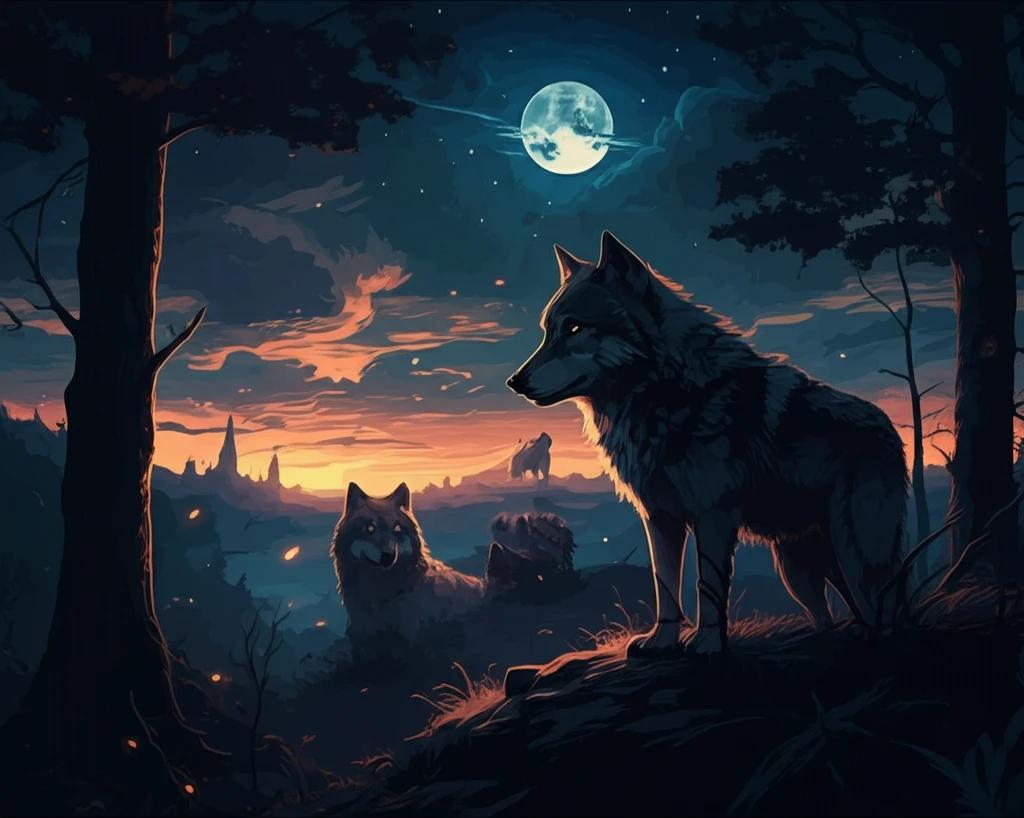
Unveiling the Secrets of the Wild: A Comprehensive Look at Canids and Their World
"From wolves to foxes, explore the diverse world of canids, their behaviors, habitats, and the ongoing conservation efforts to protect these fascinating creatures."
The world of canids, encompassing wolves, foxes, jackals, coyotes, and their relatives, is a realm of diverse behaviors, adaptations, and ecological roles. These fascinating creatures inhabit nearly every corner of the globe, from icy tundras to scorching deserts, each species uniquely adapted to its environment.
Understanding canids is not only about appreciating their biological diversity but also about recognizing their impact on ecosystems and human societies. As predators, scavengers, and sometimes even companions, canids play a crucial role in maintaining ecological balance and influencing cultural landscapes.
In recent years, the study of canids has gained increasing importance due to several factors, including habitat loss, human-wildlife conflict, and conservation efforts. This article aims to provide a comprehensive overview of canids, exploring their evolutionary history, behavioral patterns, ecological significance, and the challenges they face in a rapidly changing world.
The Evolutionary History and Taxonomy of Canids

The canid family, Canidae, represents one of the oldest groups within the order Carnivora, with a history stretching back over 40 million years. Their evolutionary journey has led to the diversification of canids into a wide array of species, each uniquely adapted to its environment. Understanding their taxonomy is crucial to appreciate their diversity.
- Genera and Species: There are 13 genera and 37 species of canids.
- Subspecies: Vulpes vulpes has about 30 subspecies.
- Evolutionary Tree: Canidae are the oldest group, with an evolutionary tree for canid species.
Canids: A Continuing Journey of Discovery
As we continue to study and understand canids, it is essential to recognize the role of conservation in preserving their diversity and ecological significance. Protecting their habitats, mitigating human-wildlife conflict, and implementing sustainable management strategies are crucial for ensuring the long-term survival of these remarkable creatures. By fostering a deeper appreciation for canids and their place in the natural world, we can work towards a future where they continue to thrive alongside us.

